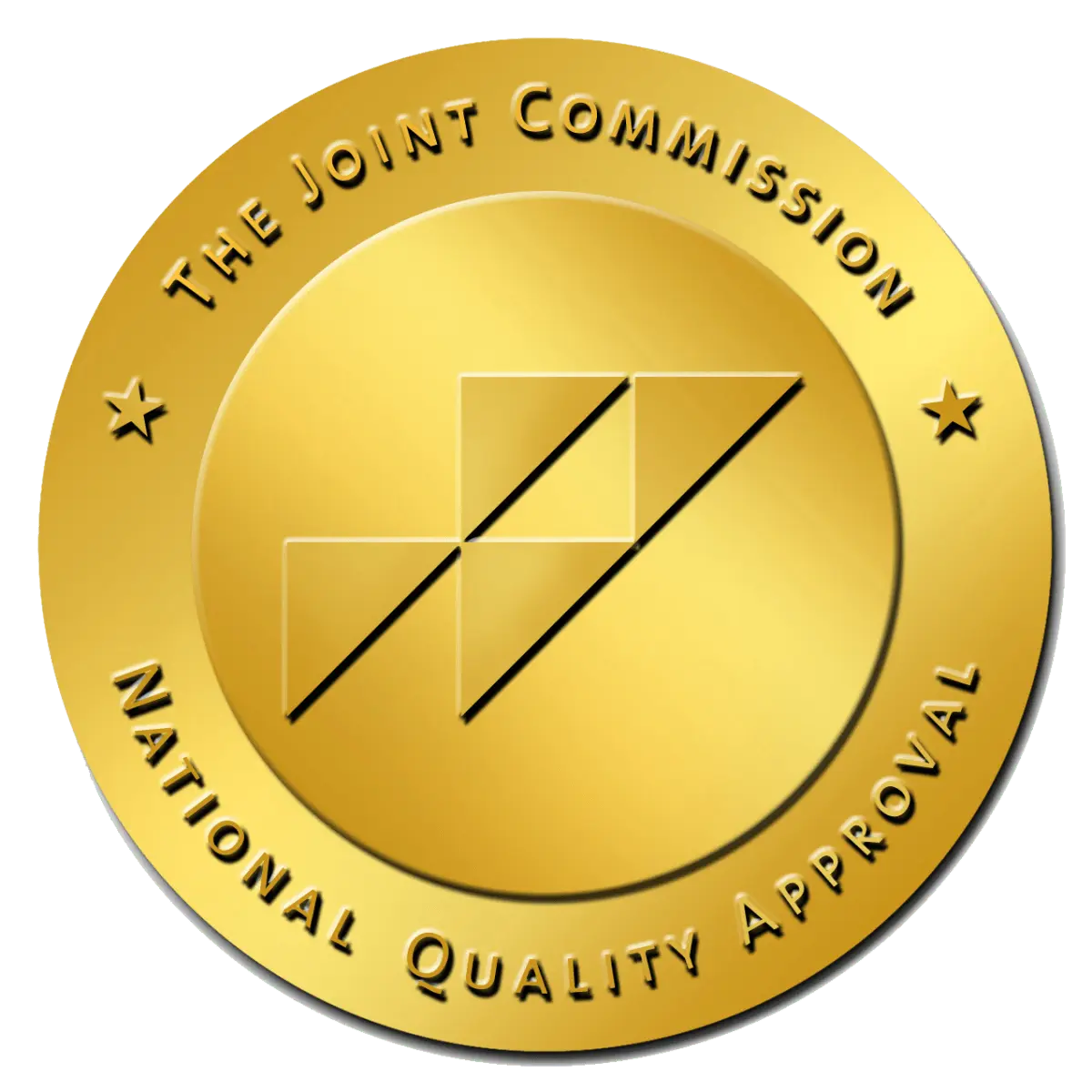Second-Hand Meth Smoke: Is It Harmful?
Written by: Michelle Beaupre, PhD, LCSW | Reviewed by: Christian Small, MD
The potential dangers of second-hand meth smoke have been a topic of growing concern, as researchers continue to study its health effects. While exposure risks depend on factors such as ventilation, frequency of exposure, and proximity to the source, scientific evidence suggests that methamphetamine smoke contains toxic chemicals that can linger in the air and settle on surfaces. These residues may pose health risks, particularly with frequent or prolonged exposure.
Unlike cigarette smoke, which primarily contains nicotine and tar, meth smoke releases a complex mix of hazardous substances, including ammonia, lithium, and phosphorus—chemicals known to cause respiratory irritation, neurological effects, and potential long-term toxicity. Studies indicate that individuals spending time in spaces where meth is regularly smoked may inhale airborne contaminants or absorb methamphetamine residue through their skin, potentially leading to adverse health effects.
While more research is needed to determine the full extent of these risks, exposure to second-hand meth smoke is not without consequences, especially for children, pregnant women, and individuals with respiratory conditions. Given the highly toxic nature of methamphetamine and its chemical byproducts, avoiding environments contaminated by meth smoke is crucial for maintaining long-term health and well-being.

Health Risks of Second-Hand Meth Smoke
Although second-hand meth exposure is not the same as direct use, it still poses risks to individuals in contaminated environments. Potential health effects include:
- Respiratory Problems: Inhaling meth smoke residue may cause irritation in the lungs, throat, and nasal passages, leading to coughing, shortness of breath, or worsening of pre-existing respiratory conditions like asthma.
- Neurological Effects: Exposure to methamphetamine chemicals may cause headaches, dizziness, nausea, and confusion, particularly in enclosed spaces with poor ventilation.
- Skin and Eye Irritation: Residue from meth smoke can settle on skin and clothing, potentially causing rashes, redness, and eye irritation after prolonged contact.
- Developmental Risks in Children: Young children are especially vulnerable to second-hand meth exposure. Their developing bodies absorb toxins more easily, which may contribute to behavioral changes, developmental delays, or long-term health issues.
- Potential for Accidental Drug Exposure: In extreme cases, prolonged exposure to high levels of second-hand meth smoke may result in detectable amounts of methamphetamine in a person’s system, potentially leading to health concerns or false-positive drug test results.
How Long Does Meth Residue Stay in an Environment?
Unlike second-hand cigarette smoke, which eventually dissipates, methamphetamine residue can linger for months or even years if not properly cleaned. Meth smoke particles can seep into carpets, drywall, HVAC systems, and furniture, creating long-term contamination that continues to release harmful chemicals into the air over time.
Homes, cars, and hotel rooms where meth has been used frequently may become hazardous environments that require professional decontamination. Standard household cleaning is not sufficient to remove meth residue, and living in contaminated spaces can result in chronic exposure to harmful toxins.
Who Is Most at Risk from Second-Hand Meth Smoke?
Some individuals face greater health risks from exposure to second-hand meth smoke due to weakened immune systems, age, or pre-existing health conditions. Those most at risk include:
- Children and Infants – Their smaller body size and higher breathing rates make them more susceptible to absorbing toxins from meth residue.
- Pregnant Women – Exposure to methamphetamine chemicals during pregnancy may lead to birth defects, premature birth, or low birth weight.
- Individuals with Respiratory Conditions – Those with asthma, chronic bronchitis, or other lung diseases may experience worsened symptoms from airborne meth particles.
- Elderly Individuals – Aging weakens the body’s ability to filter toxins, increasing the risk of respiratory and neurological complications from exposure.
Even for individuals without pre-existing conditions, long-term exposure to second-hand meth smoke can still have negative health effects.

How to Protect Yourself from Second-Hand Meth Smoke
Exposure to second-hand meth smoke can pose serious health risks, especially in environments where methamphetamine has been used frequently. Because meth residue can linger on walls, carpets, furniture, and ventilation systems, it’s important to take proactive steps to minimize exposure and prevent long-term health complications.
1. Leave Contaminated Areas Immediately
If you notice strong chemical odors, burn marks on surfaces, or sticky, powdery, or oily residue, it’s best to avoid spending time in that environment. Methamphetamine smoke contains toxic substances that can become airborne and settle on surfaces, leading to potential skin absorption or inhalation. Prolonged exposure in a contaminated space may increase the risk of respiratory irritation, dizziness, and other adverse health effects.
2. Get Your Home Tested for Meth Residue
If you suspect that your home, rental property, or workplace has been exposed to meth use, professional testing kits can detect the presence of methamphetamine residue. These tests measure contamination levels and help determine whether professional cleaning is necessary. Some states have disclosure laws that require landlords to inform tenants about past meth contamination, but not all properties undergo proper decontamination before being rented out again.
3. Seek Professional Decontamination Services
Unlike common household contaminants, meth residue is not easily removed with standard cleaning products. It can penetrate drywall, carpets, and ventilation systems, making professional remediation necessary. Specialized decontamination teams use industrial-grade cleaners, air filtration systems, and chemical neutralizers to fully remove meth-related toxins from living spaces, vehicles, and workplaces. Attempting to clean a contaminated area without professional help may spread the toxins further, making the situation worse.
4. Wash Clothing and Skin After Exposure
If you have been in an environment where meth was recently used or smoked, immediately wash your hands, change clothing, and shower. Methamphetamine particles can stick to skin, hair, and clothing, leading to unintentional absorption through prolonged contact. Washing thoroughly with soap and water helps remove lingering chemical residues and reduces potential health risks.
5. Avoid Staying in High-Risk Locations
Certain places—such as hotels, short-term rentals, abandoned homes, and vehicles used by individuals who smoke meth—are more likely to be contaminated with meth residue. If you experience symptoms like headaches, nausea, or difficulty breathing in a specific location, it may be a sign of chemical contamination. Whenever possible, avoid staying in areas where meth use or manufacturing may have occurred, as exposure risks are often difficult to assess without proper testing.
Taking these steps can significantly reduce the risk of second-hand meth smoke exposure and help protect your health. If you or someone you know has been impacted by methamphetamine use, seeking professional help is essential for both physical safety and long-term recovery.
Seeking Help for Meth Addiction at Villa Oasis
If you or a loved one is struggling with methamphetamine use, professional treatment is the best path to recovery. At Villa Oasis, we offer a comprehensive approach to meth addiction treatment, including:
- Medication-Assisted Detox – Safe, comfortable withdrawal management with 24/7 medical support.
- Residential Treatment – A structured healing environment with individual therapy, group counseling, and holistic care.
- Outpatient Programs – Flexible treatment plans designed to support long-term sobriety while maintaining daily responsibilities.
- Sober Living – A safe, supportive space to transition back into daily life after treatment.
Meth addiction affects not only the user but also family members, friends, and others exposed to second-hand meth smoke. If you’re concerned about your own health or that of a loved one, taking action today can prevent further harm and start the journey to recovery.
Meth Addiction Treatment at Villa Oasis
The dangers of second-hand meth smoke highlight the far-reaching consequences of methamphetamine use. Whether you are directly struggling with addiction or worried about exposure, Villa Oasis is here to help. Our luxury residential treatment center in San Diego offers a safe, supportive, and evidence-based approach to overcoming meth addiction.

